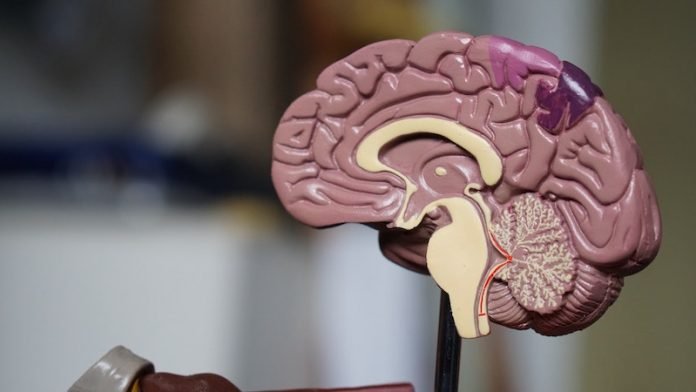
In a new study from UCLA, researchers report that a new stem cell-based treatment for progressive dementia just took a big step closer to the clinic.
They have successfully grown restorative brain cells in large batches, at high quality, suitable for transplantation in patients.
The therapy is designed to repair damage to the brain from white matter stroke, a type of “silent stroke” that can kick off years of cognitive deterioration in the form of a disease called “vascular dementia” and can even accelerate Alzheimer’s disease.
When neurons die, as happens in a stroke, the brain generally can’t grow new ones to replace them. Previously, researchers have tried growing replacement neurons in the lab from stem cells, with some success.
In the study, the team takes a different approach. Instead of neurons, the stem cells are directed to become cells called astrocytes, a kind of brain cell that supports and influences neurons.
The team says these cells accomplish many tasks in repairing the brain.
Stem cells are like baby cells that can grow up to become any kind of cell in the body.
Brain cells, bone cells, blood cells—each of these serves a different function, so they all must activate a different set of genes that allow them to perform that function.
Once a cell has become specialized, it can’t be re-trained. If liver cells were implanted in the brain, for instance, they wouldn’t be able to change into brain cells.
But stem cells have the potential to be set on a path to becoming any kind of cell.
The team found the cells Llorente are specifically “pro-repair” astrocytes, which send out chemical signals that induce healing among the cells damaged by the stroke.
Where neurons have been damaged, the astrocytes prompt regrowth of the long tendrils, called axons, that are essential for brain connectivity.
Another important brain cell, called oligodendrocyte progenitor cells, or OPCs, are frequently damaged by white matter stroke.
Healthy OPCs contribute to forming the protective fatty sheath, called myelin, that surrounds the axons and allows them to transmit electrical signals.
The transplanted astrocytes interact with the damaged OPCs and spur them to action, restoring myelin on the newly growing axons.
The team says silent strokes can lead to later dementia. Acute strokes in large blood vessels cause the symptoms most commonly associated with stroke, such as drooping face or weakness in one arm.
But white matter strokes occur in tiny blood vessels, causing small damage that gradually accumulates over time.
Currently, patients with white matter strokes have no treatments available to repair the damage to their brain.
The team demonstrated that their astrocyte therapy, applied in mice, stimulated the brain’s repair processes even long after the damage occurred.
They also showed that the restorative effects to the brain continued even after the transplanted cells died.
Now, the researchers have devised a reproducible method of producing large numbers of high-quality cells much faster than they could before. They hope to bring the technique from the bench to the bedside.
If you care about dementia, please read studies about this mental problem can help predict dementia years before memory loss and findings of this eye problem may signal higher risk of dementia.
For more information about dementia and your health, please see recent studies about your neighborhood may affect your dementia risk and results showing that having these 2 health problems may double your dementia risk.
The study is published in Stem Cell Research. One author of the study is S. Thomas Carmichael, MD, Ph.D.
Copyright © 2021 Knowridge Science Report. All rights reserved.



